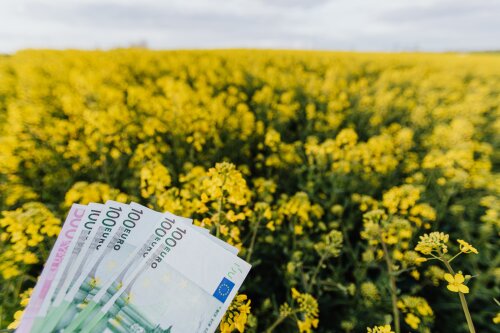Environmental Economics Research Methods

Sustainability assessment brings economic, social and environmental information together. The combination of different metrics combining environmental and economic aspects is an interesting approach to assess sustainability performance. Techno-economic assessment (TEA), life cycle costing (LCC), life cycle analysis (LCA) and cost-benefit analysis (CBA), including the valuation of externalities, are important methodological components towards sustainability assessments.
A techno-economic assessment (TEA) is a valid integrated technological and economic assessment method. It is essential to foster the development of clean technologies. TEA provides guidance to technology providers, and policymakers. Uncertainty can be tackled by sensitivity analysis or real option analysis.

A wide range of environmental valuation methods exists. Hedonic pricing is one of the most common revealed preference methods. The Ricardian method to estimate the economic impact of climate change is also based on the concept of surrogate markets. Discrete choice modelling is commonly used as stated valuation technique including non-use values. Additional, alternative methods are developed, for example to value biodiversity using bio-economic modelling.
Safety and security are studied by both quantitative techniques and qualitative research methods. Quantitative methods include statistical methods, traditional methods such as Bow Tie development and economic cost-benefit analyses, dynamic risk approaches such as Bayesian Networks (GeNie) and Petri-nets, and game-theory. Qualitative techniques encompass surveys, in-depth interviewing, and using programs such as NVivo for information processing.